World War II: The Fall of Nazi Germany, photo
1. The red flag over the Reichstag is the most famous photograph of Evgeny Chaldea, taken on May 2 of 1945. Soviet soldiers set the USSR moisture on the roof of the Reichstag building after the capture of Berlin. There are numerous disputes over the fact that the frame was staged and for the sake of it the flag was raised again, and also over the personalities of the soldiers, the photographer and the photomontage. (Yevgeny Khaldei / LOC)
2. An officer tells the boys from Hitler Jugend how to use a machine gun. Germany, December 7 1944. (AP Photo)
3. B-24 Bomber Squadron, Major General Nathan Twining, over the Salzburg railway station, Austria, December 27 1944 of the year. (AP Photo)
4. A German soldier carries boxes of ammunition during a counter-attack on Belgium-Luxembourg, January 2, 1945. (AP Photo)
5. A soldier of the US 82 Airborne Division makes a run under the cover of a comrade, near Bra, Belgium, December 24 1944. (AP Photo)
6. The calculation of the Soviet machine gun is shipped across the river that flows along the line of the Second Belarusian Front, January 1945. A machine gun and boxes of ammunition are on small rafts. (AP Photo)
7. Transport aircraft S-47 are sent with a cargo of supplies to the positions of the encircled American troops in Bastogne, January 6, 1945, Belgium. In the distance you can see smoke from the broken German technology, in the foreground - the advancing American Tanks... ... (AP Photo)
8. The bodies of seven American soldiers, whom the SS soldier shot in the head. They are identified and buried on January 25 1945 of the year. (AP Photo / Peter J. Carroll)
9. German soldiers on the street in Bastogne, Belgium, 9 January 1945, after they were captured by the US 4-th armored division. (AP Photo)
10. Refugees in the city of La Gleise, Belgium, 2 January 1945, after the occupation of its American troops after the German counteroffensive. (AP Photo / Peter J. Carroll)
11. A German soldier killed during a German counter-offensive against Belgium and Luxembourg in a street in the town of Stavelot, Belgium, January 2, 1945. (AP Photo / US Army Signal Corps)
12. From left to right: British Prime Minister Winston Churchill, US President Franklin Roosevelt, and Chairman of the Council of People's Commissar of the USSR Joseph Stalin in the Livadia Palace in Yalta, Crimea, February 4 1945 of the year. The leaders met to discuss the post-war reorganization of Europe and the fate of Germany. (AP Photo / File)
13. Soldiers of the 3 of the Ukrainian Front during the fighting in Budapest, February 5 1945. (AP Photo)
14. Germany constantly attacked V-1 and V-2 missiles across the English Channel. This frame was taken from the roof of the building, and shows the V-1 rocket falling in the center of London. Falling on the side of Drury Lane, this rocket destroyed several buildings, including the Daily Herald newspaper. The last to fall on Britain, Fau exploded in Datchworth, Hertfordshire, 29 in March 1945. (AP Photo)
15. With the increase in the number of militiamen from Volkshturm, the German command began to experience a shortage of equipment and clothing. To fill the shortage, the authorities organized Volksopfer - a campaign to collect clothes and shoes that civilians had to donate to the militia. The inscription on the wall: "The Fuhrer hopes for your donations for the army and the militia. If you want the militia to go in uniform, empty your closet and carry clothes here." 12 February 1945 of the year. (AP Photo)
16. Three American soldiers over Germans laid in a row, Echternach, Luxemburg, 21 February 1945. (AP Photo)
17. Repair of a telephone line on a flooded one-and-a-half meter thick water column, February 22 1945 The retreating German troops blew up the dams, which caused flooding, and the supply of British troops had to be carried out using amphibious vehicles. (AP Photo)
18. Three photos showing the reaction of the 16-year-old German soldier when captured by the Americans. Germany, 1945 year. (AP Photo)
19. Tears of anti-aircraft shells next to the B-17 Bombers "Flying Fortress" over Austria, March 3 1945. (AP Photo)
20. View from the roof of the Dresden Town Hall after the bombing of the city aviation Allies from February 13 to 15, 1945. About 3600 aircraft dropped 3900 tons of conventional and incendiary bombs onto the city. The fire destroyed about 25 square kilometers in the city center, killing more than 22000 people. (Walter Hahn / AFP / Getty Images)
21. The burning of corpses in Dresden after the allied air raids from February 13 to 15, 1945. After the war, the bombardment was severely criticized, since not industrial areas, but historical a center that did not have any military significance. (Deutsches Bundesarchiv / German Federal Archive)
22. Soldiers of the US 3 Army in Koblenz, Germany, March 18, 1945. (AP Photo / Byron H. Rollins)
23. Soldiers of the US 7 Army rush into the breakthrough in the Siegfried Line on their way to Karlsruhe, March 27, 1945. (AP Photo)
24. Private First Class Abraham Mirmelstein holds the holy Torah scroll, and Captain Manuel Polyakov and Corporal Martin Willen recite prayers at Schloss Reydt, the residence of Dr. Goebbels, the Nazi propaganda minister. Munichladbach, Germany, 18 March 1945 of the year. This service was the first Jewish church service east of the Ruhr in memory of fallen soldiers of the 29 Division of the US 9 Army. (AP Photo)
25. American soldiers in a landing craft cross the Rhine under fire from the German forces, March 1945 of the year. (AP Photo)
26. Unknown American soldier killed by a German sniper in Koblenz in March 1945 of the year. (AP Photo / Byron H. Rollins)
27. Cologne Cathedral in the center of the ruined city on the west bank of the Rhine, 24 APRIL 1945. The Hohenzollern railway station and bridge (right) were completely destroyed in three years of bombing. (AP Photo)
28. General of the Volkssturm, the last forces of the German militia, next to the portrait of the Fuhrer, Leipzig, April 19 1945. He committed suicide so as not to be captured by US troops. (AP Photo / US Army Signal Corps, JM Heslop)
29. An American soldier from the 12 Armored Division near a group of German prisoners somewhere in a forest in Germany, April 1945. (AP Photo)
30. Adolf Hitler awards members of the Nazi youth organization Hitler-Jugend in front of the Reich Chancellery bunker in Berlin, April 25, 1945. The picture was taken four days before Hitler’s suicide. (AP Photo)
31. The Heinkel He-162 fighter assembly line at the Junkers underground plant in Tartun, Germany, beginning of April 1945. Huge halls of the former salt mine were discovered by the US 1 by the army during the attack on Magdeburg. (AP Photo)
32. Soviet officers and American soldiers during a meeting on the Elbe in April 1945. (Waralbum.ru)
33. The site for the Germans, surrounded and captured by the US 7, during its attack on Heidelberg, April 4, 1945. (AP Photo)
34. American soldier at the Battle of the Nations monument in Leipzig 18 on April 1945. It was here, at the monument, erected in honor of the victory over Napoleon in 1813, that was the last center of defense in the city. Fifty SS men, who had enough food and ammunition to stay for about three months, entrenched themselves here with the intention of fighting to the last. In the end, being under the dense fire of American artillery, they surrendered. (Eric Schwab / AFP / Getty Images)
35. Soviet soldiers fight in the suburb of Koenigsberg, East Prussia, April 1945. (Dmitry Chernov / Waralbum.ru)
36. A German officer eats canned food in ruined Saarbrucken, early spring 1945. (AP Photo)
37. Czech woman kisses the Soviet soldier-liberator, Prague, 5 May 1945. (AP Photo)
38. The subway of New York at the peak hour of 1 on May 1945 of the year froze: were received news about the death of Hitler. The leader of Nazi Germany shot himself in a bunker in Berlin 30 on April 1945 of the year. His successor, Karl Doenitz, announced on the radio that Hitler died the death of the brave, and the war against the Allies should continue. (AP Photo)
39. British Field Marshal Bernard Montgomery (right) reading the surrender pact in the presence of German officers (from left to right): Major Friedel, Admiral Wagner, Admiral Hans-Georg von Friedeburg in the headquarters tent of the 21 Army Group, Lüneburg Heath, 4 MayNGN The pact called for the cessation of hostilities on the fronts in the north of Germany, Denmark and the Netherlands from 1945 in the morning on May 8. German forces in Italy surrendered earlier, April 5, and the remnants of the army in Western Europe, May 29, and on the Eastern Front, 7. The five-year war in Europe was over. (AP Photo)
40. A huge crowd of people in central London on May 8, on Victory Day in Europe, listens to the announcement of the prime minister about Germany’s unconditional surrender. On the streets of London that day came about a million people. (AP Photo)
41. Times Square in New York is filled with people celebrating victory over Germany, May 7, 1945. (AP Photo / Tom Fitzsimmons)
42. The celebration of victory in Red Square in Moscow. Fireworks, artillery salute and 9 illumination on May 1945 of the year. (Sergei Loskutov / Waralbum.ru)
43. Reichstag building in Berlin at the end of the Second World War. (AP Photo)
44. Soviet Il-2 attack aircraft over Berlin, 1945 year. (Waralbum.ru)
45. Color photograph of the destroyed Nuremberg bombardment, June 1945. In Nuremberg, NSDAP conventions from 1927 to 1938 were held. The last scheduled congress in 1939 was canceled due to the invasion of German troops in Poland the day before. It also wrote the Nuremberg Laws - the draconian anti-Semitic laws of Nazi Germany. Allied bombings from 1943 to 1945 annually destroyed more than 90% of buildings in the city center. More than 6000 residents died. Soon Nuremberg will be famous again: now, thanks to the trial of the surviving leaders of the Third Reich. Their crimes include the killing of more than 10 millions of people, including 6 of millions of Jews, and crimes against humanity. The next 18 part of the retrospective will be dedicated to the genocide. (Nara)
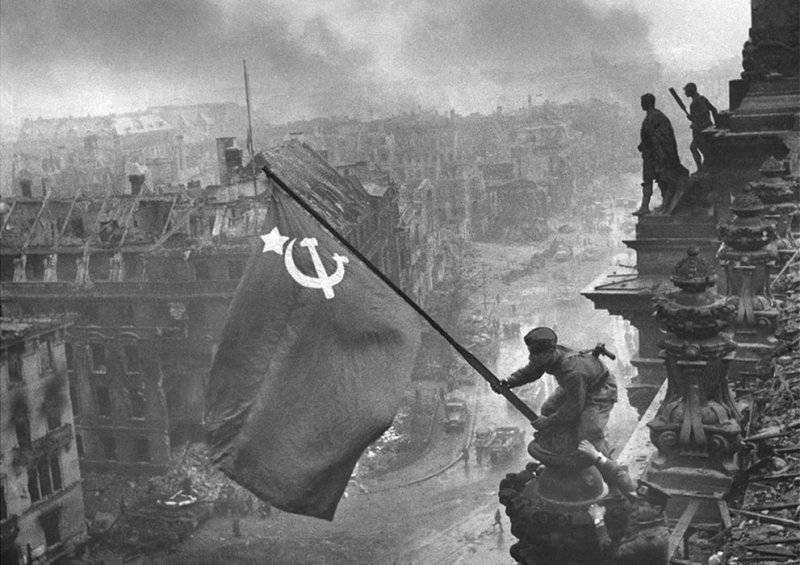
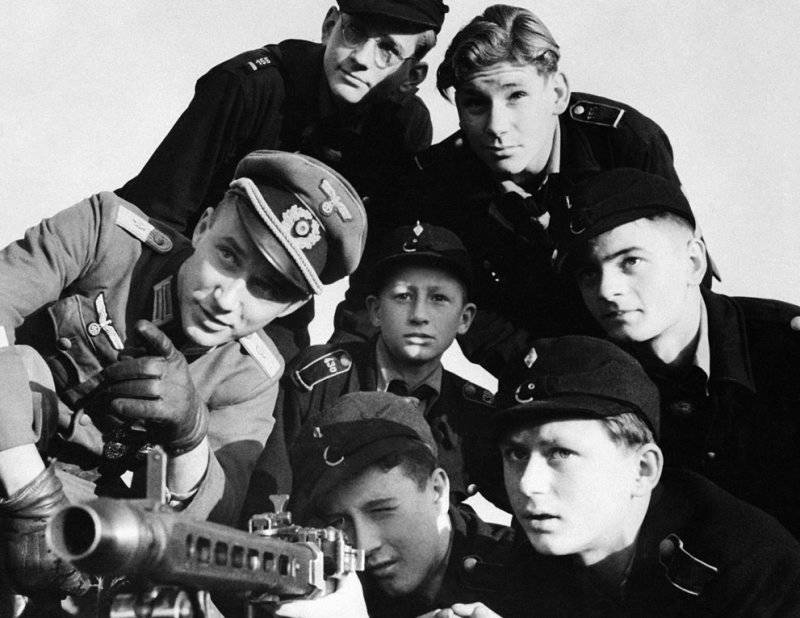
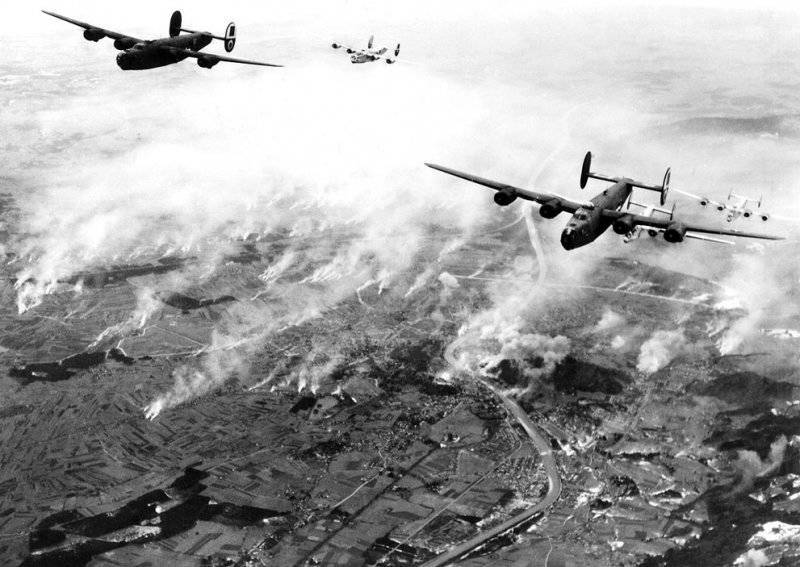
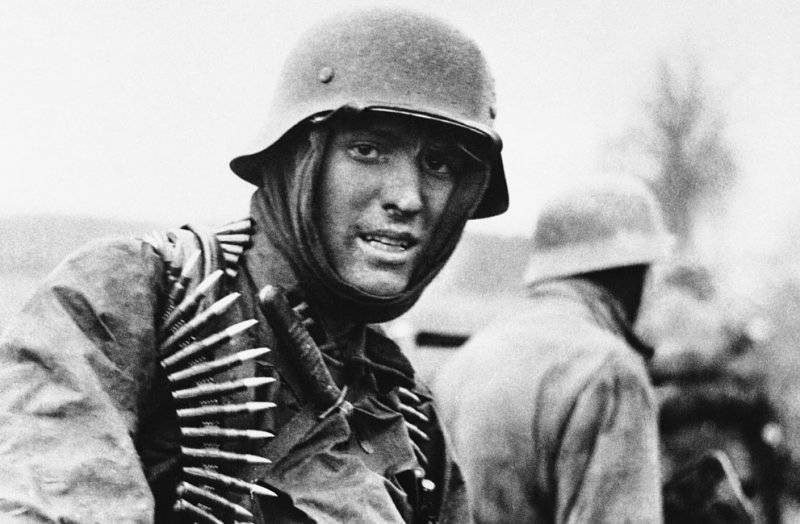
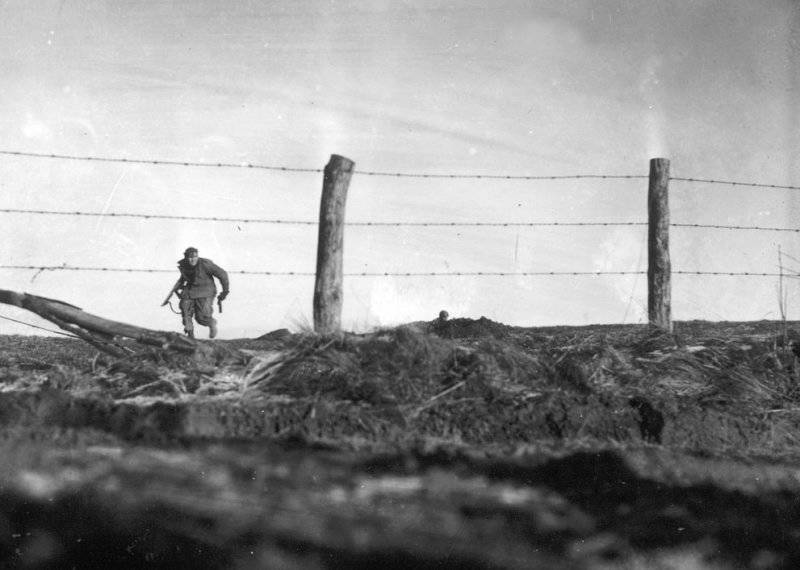
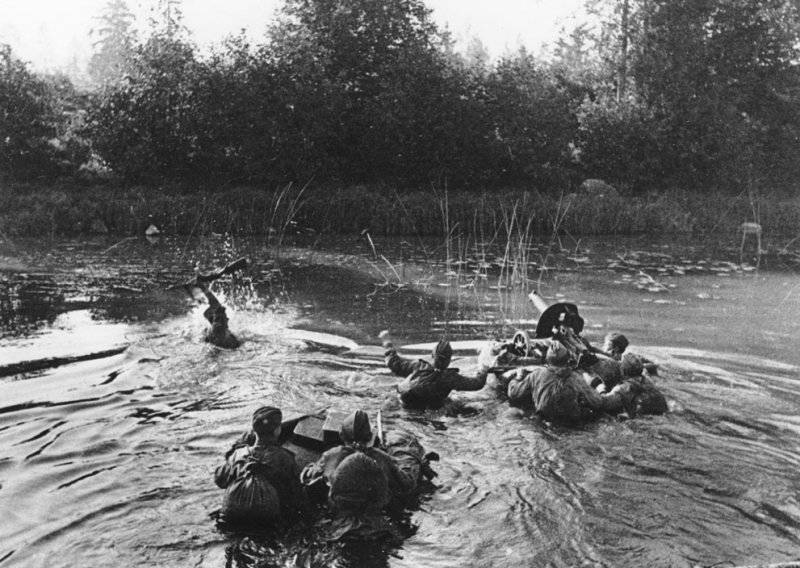
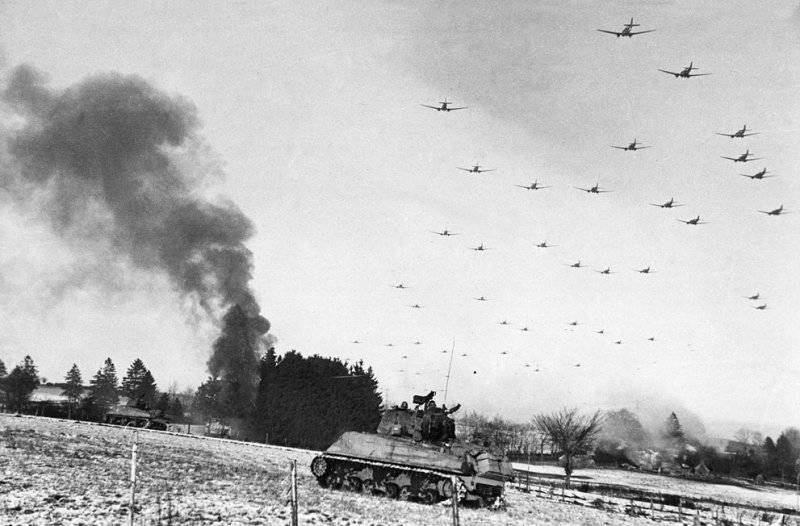
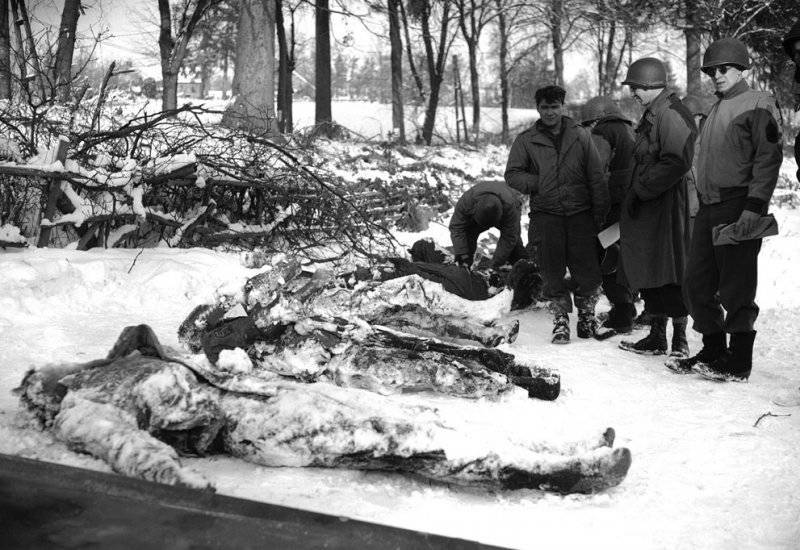
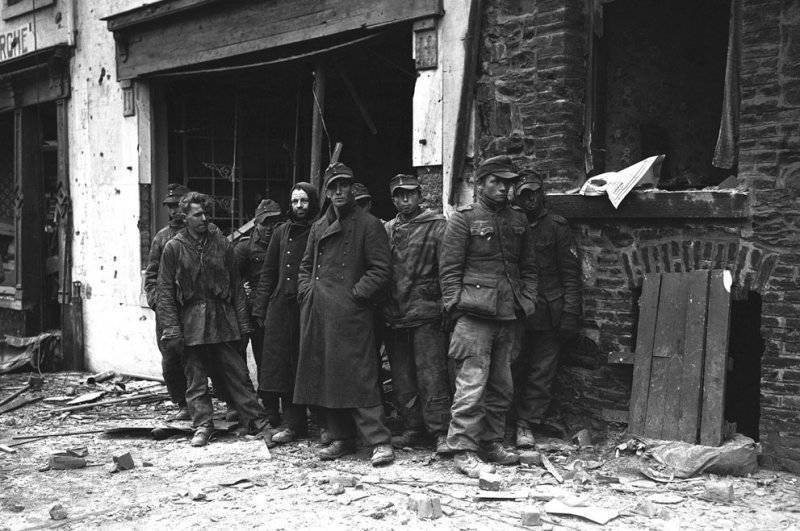
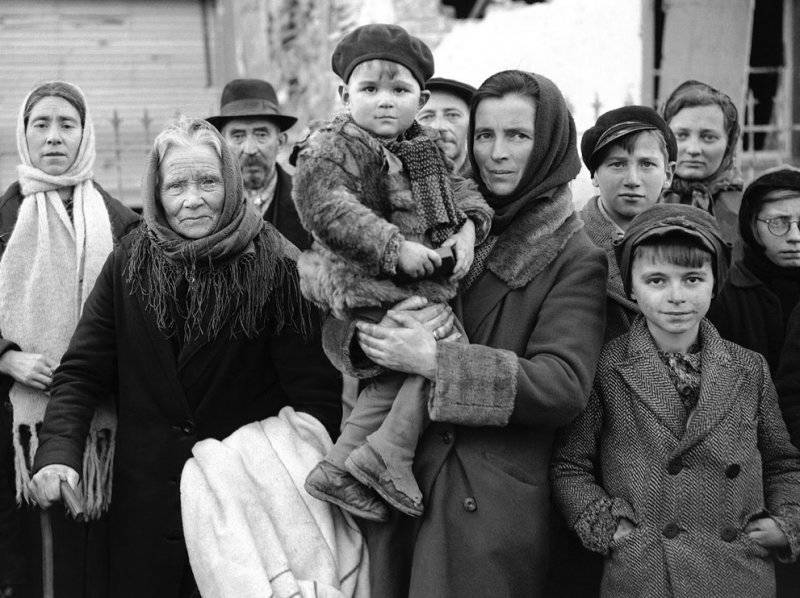
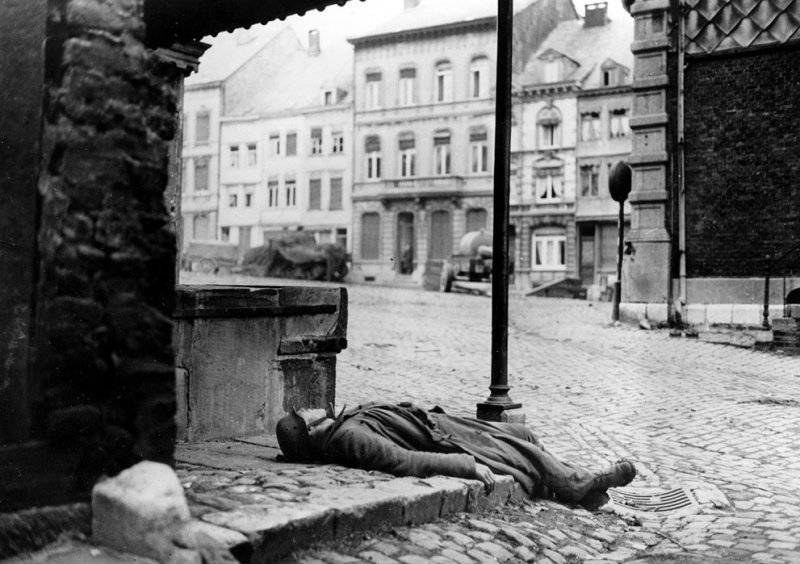
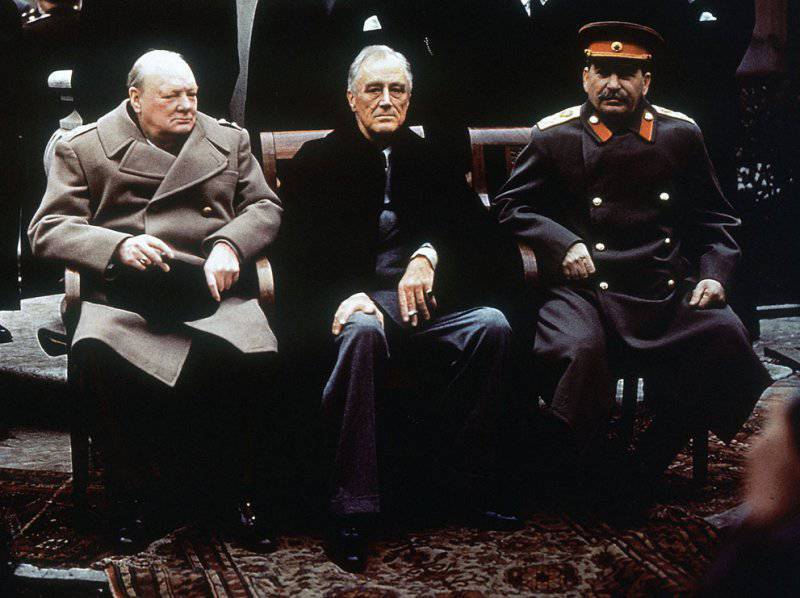
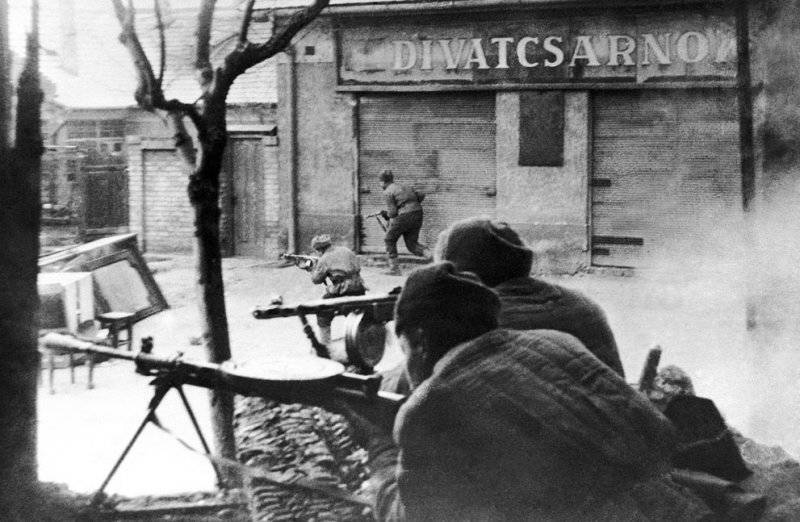
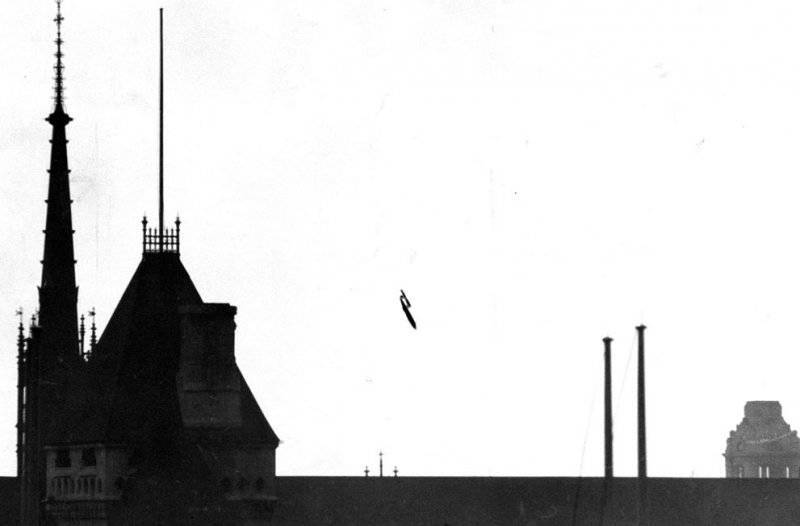
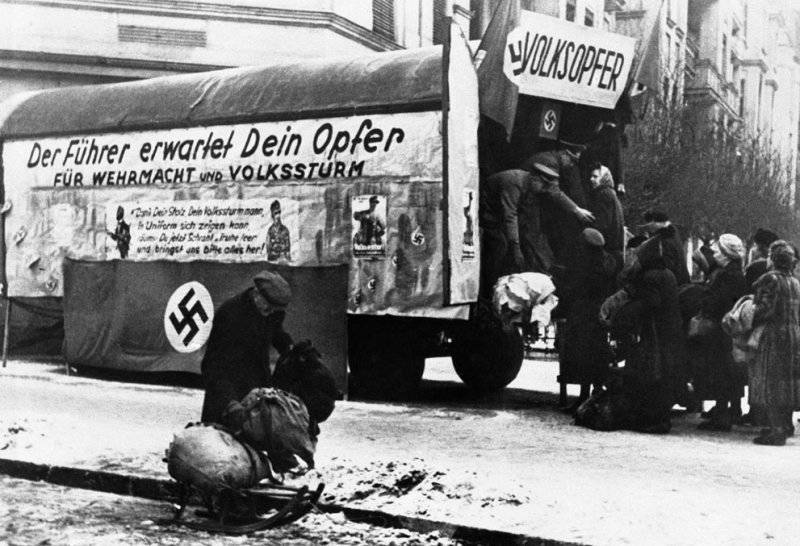
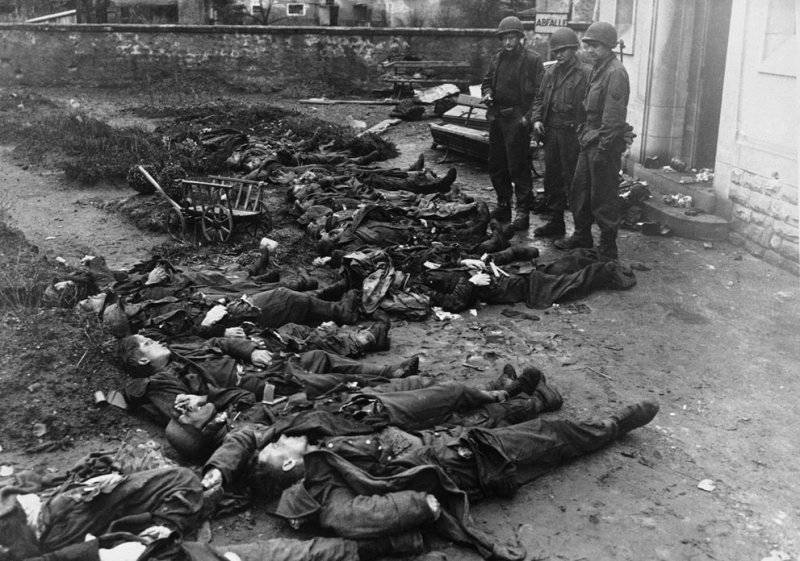
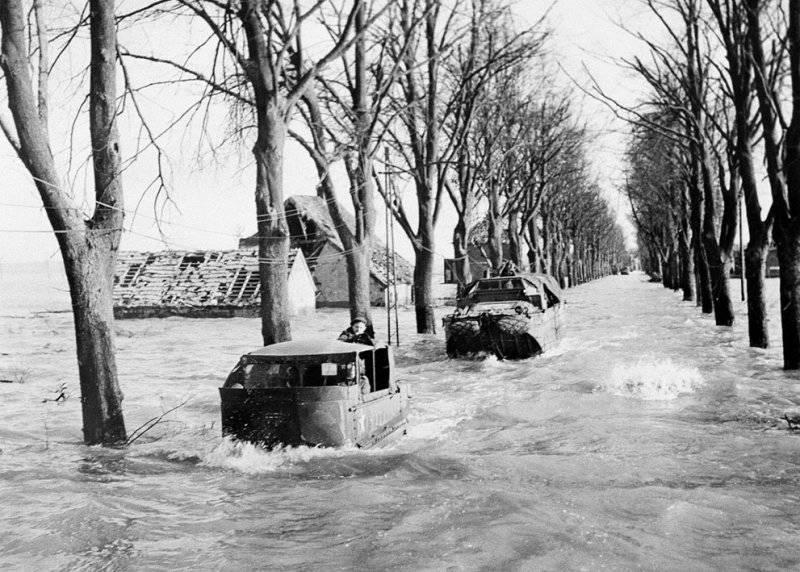
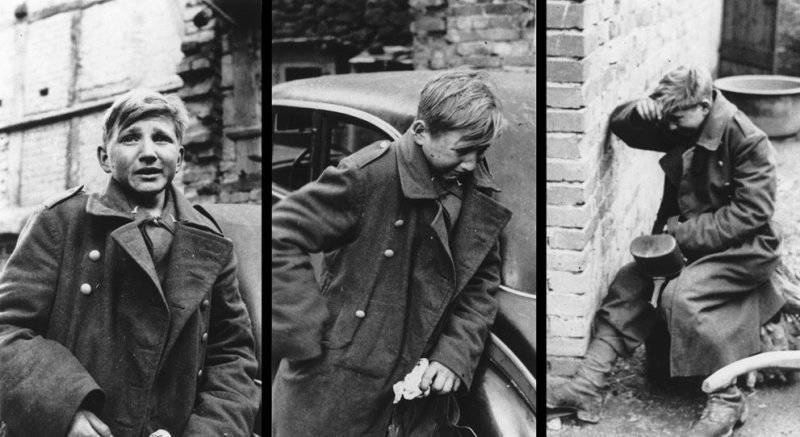
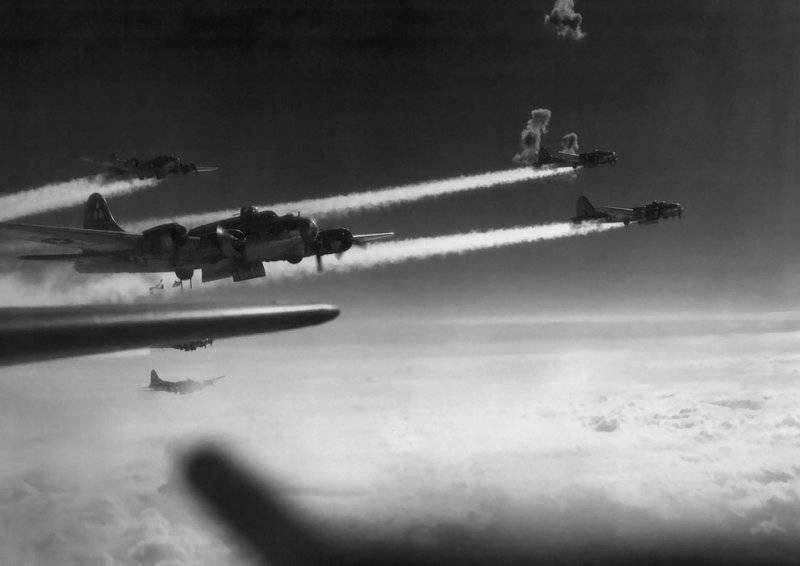
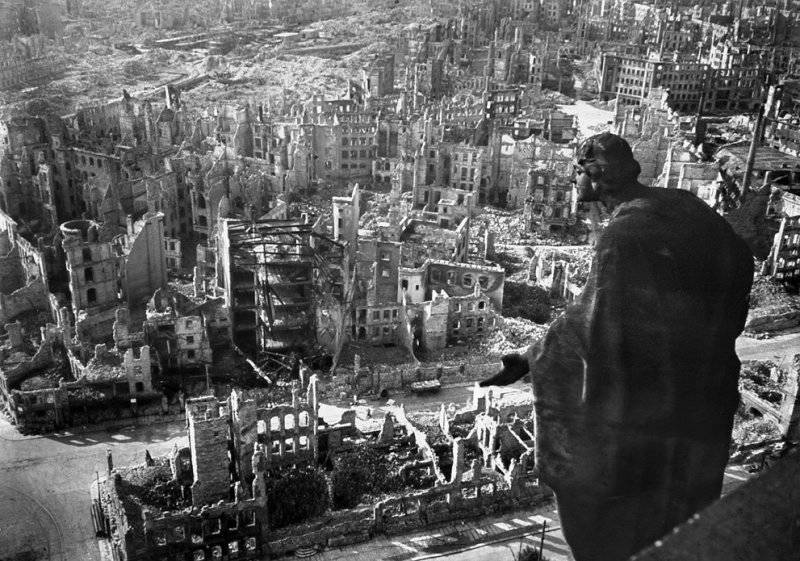
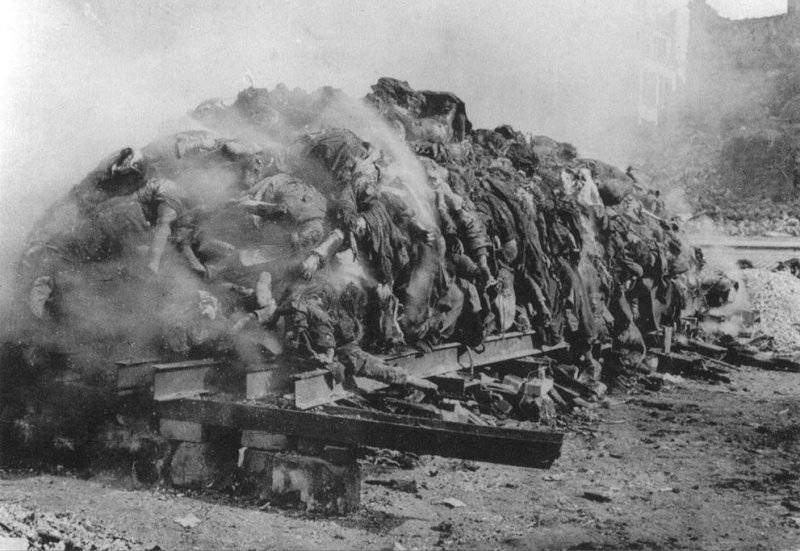
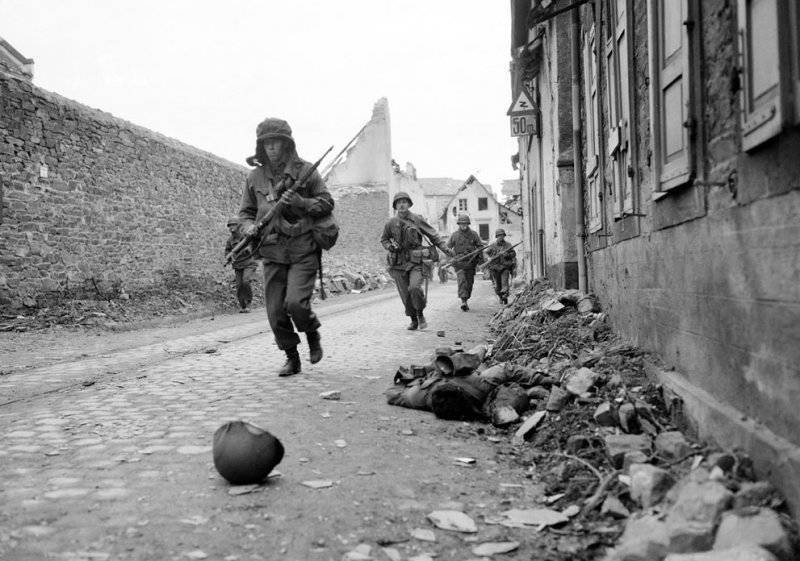
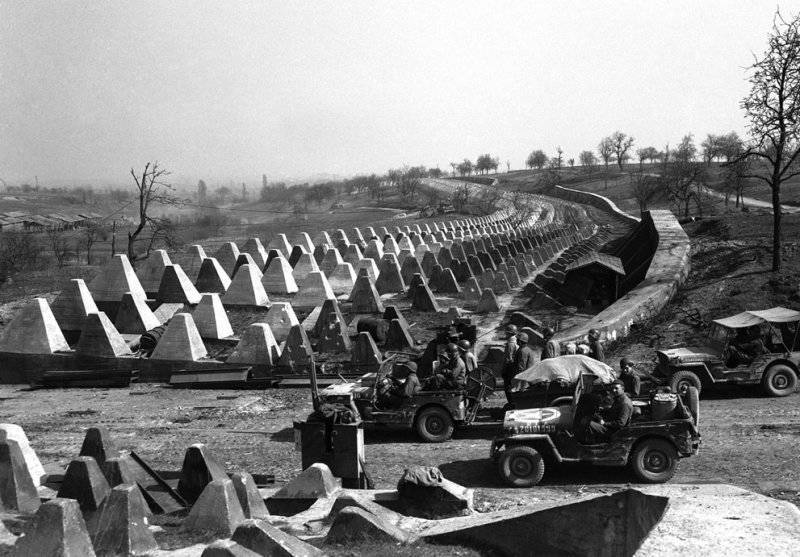
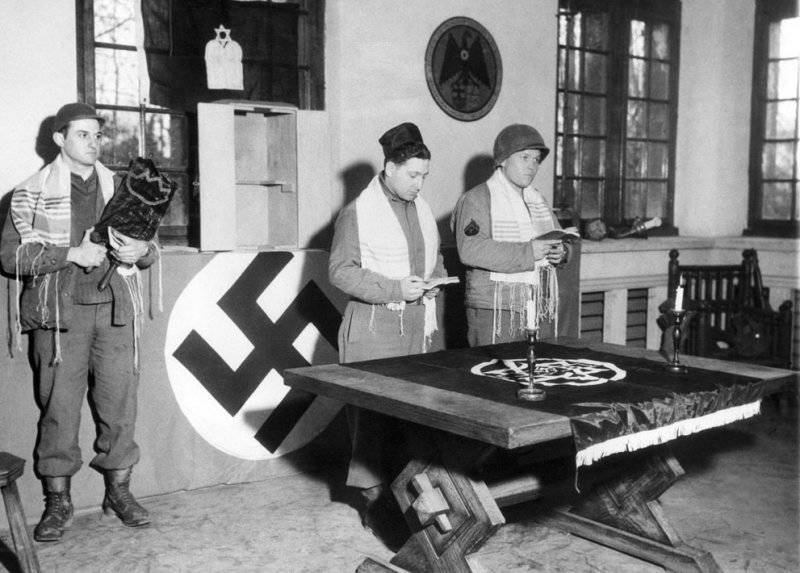
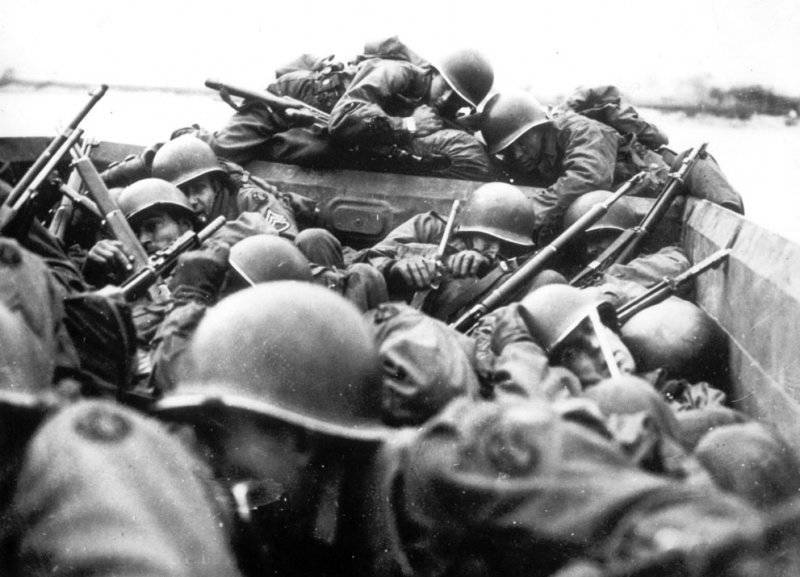
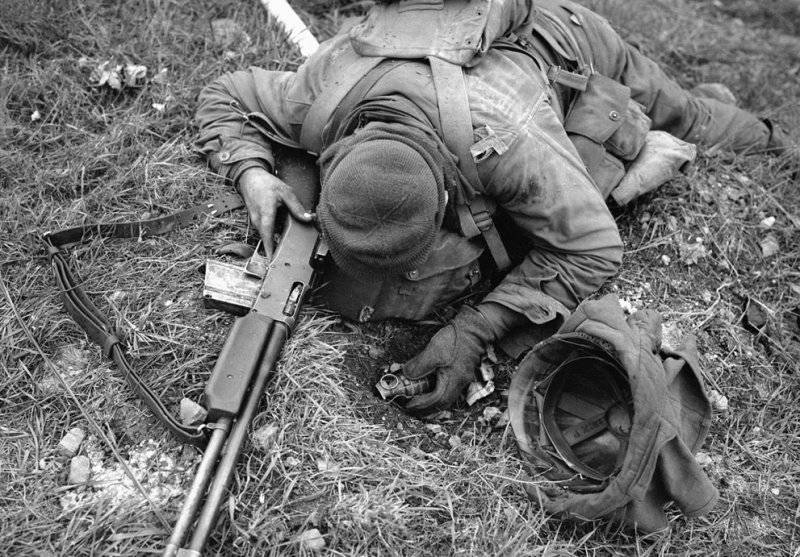
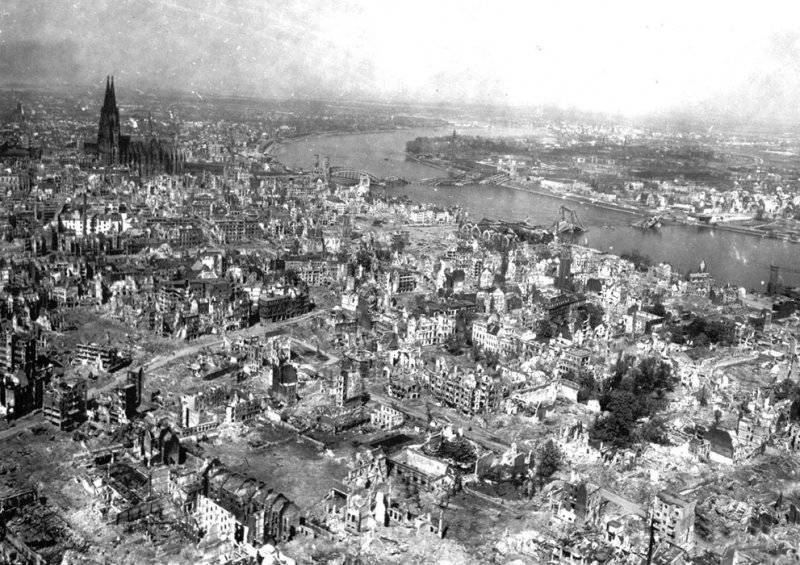
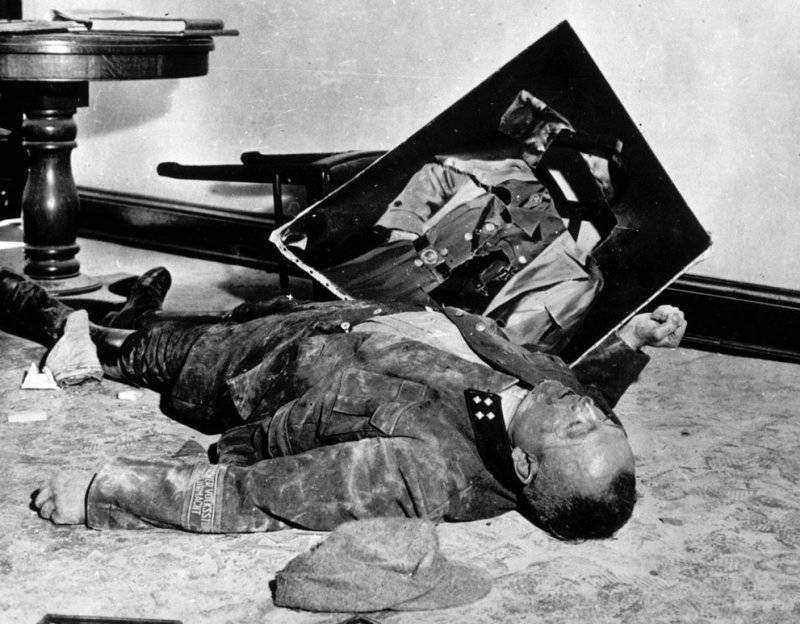
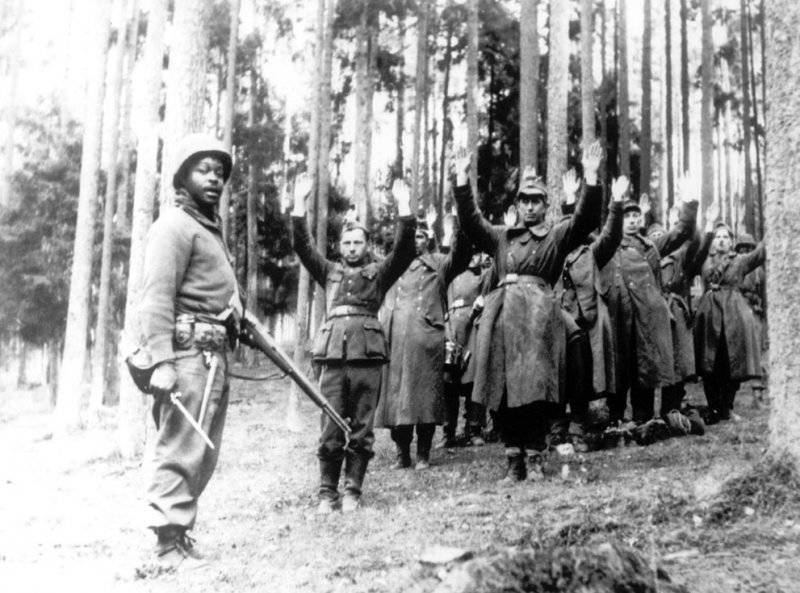
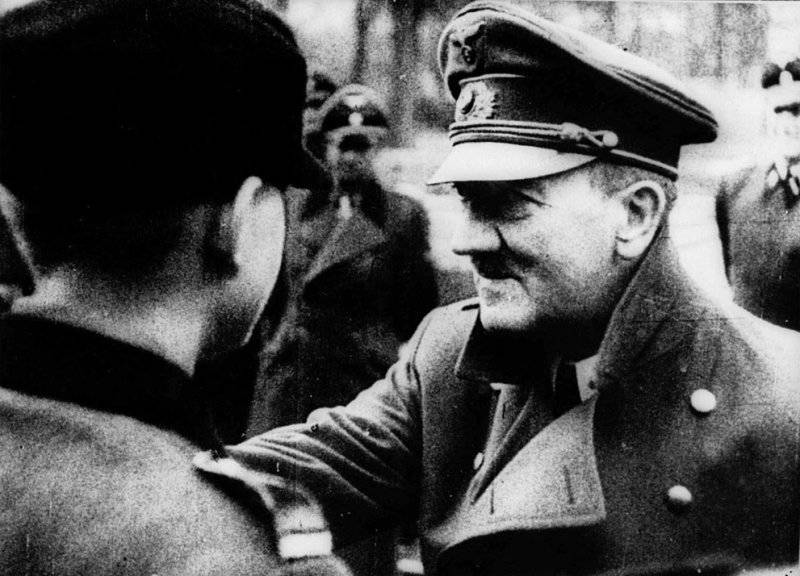
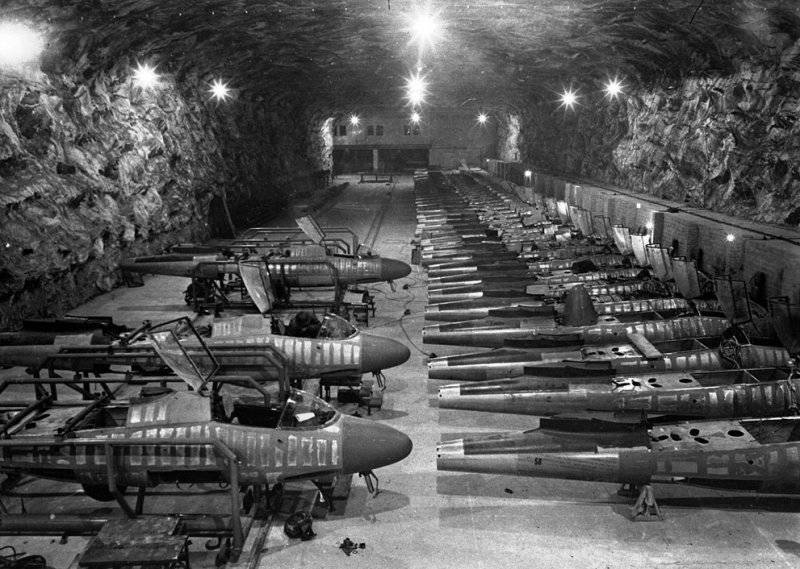
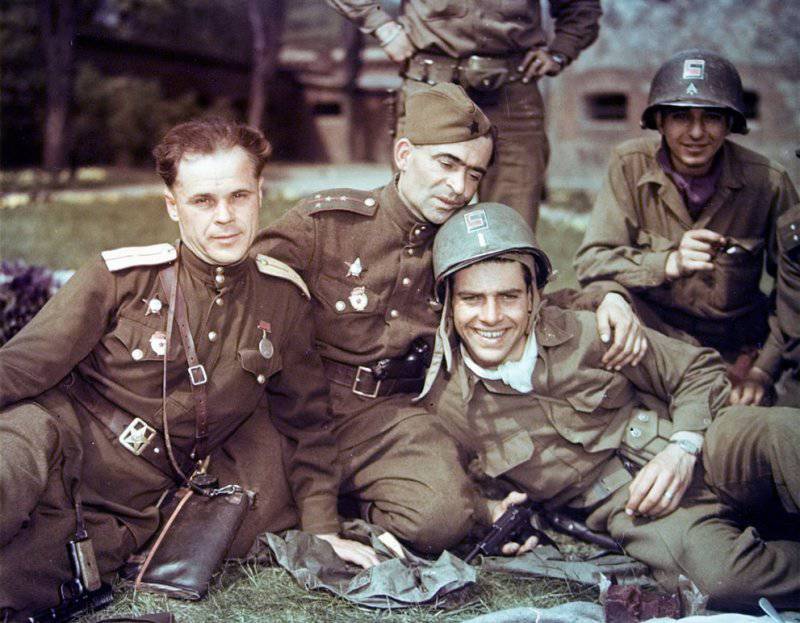
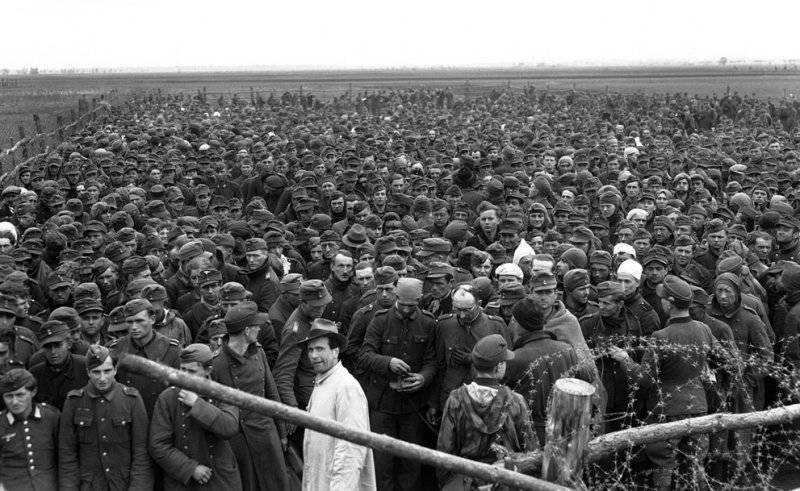
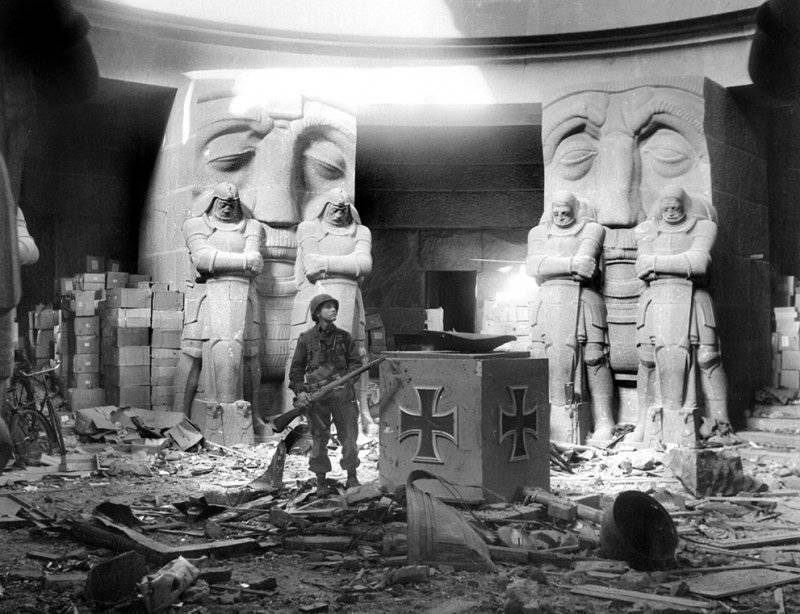
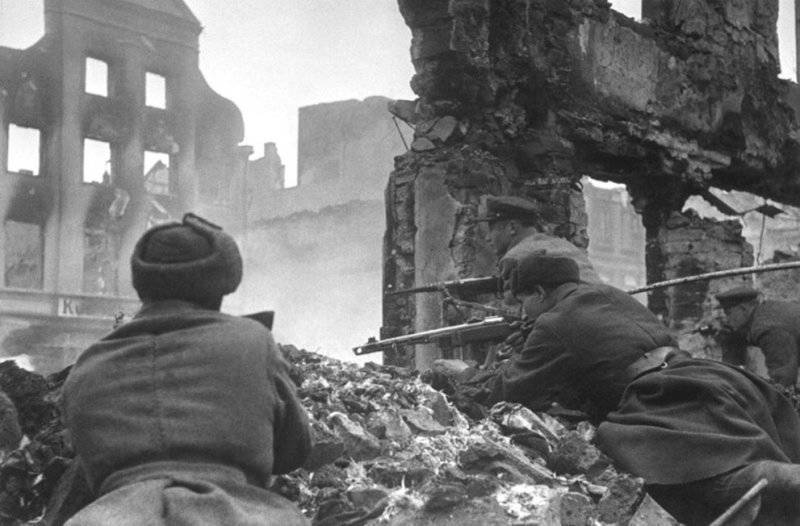
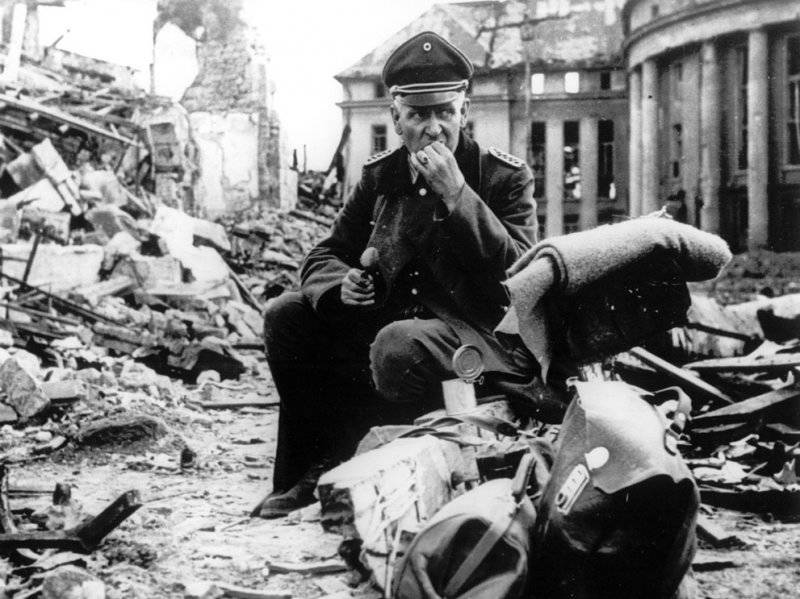
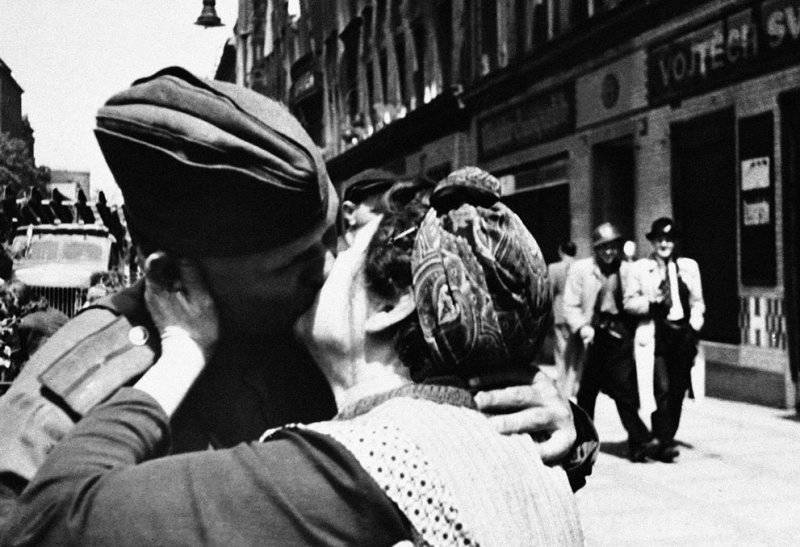
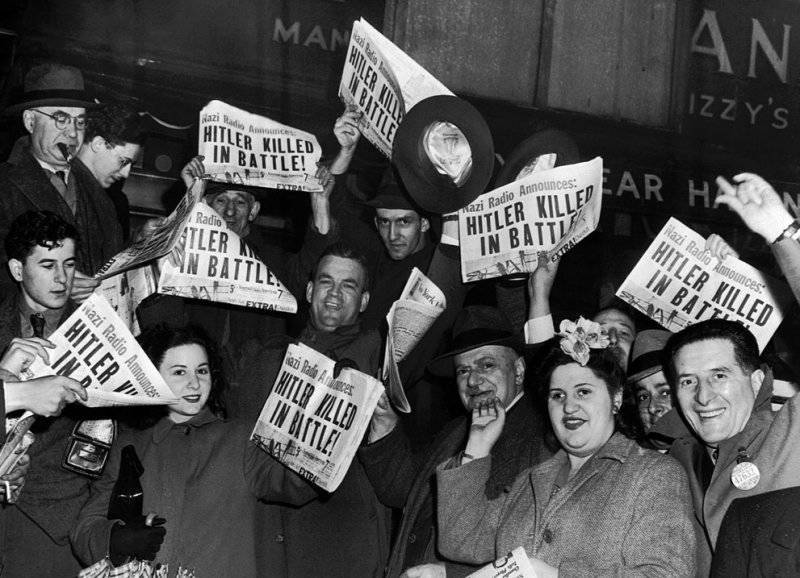
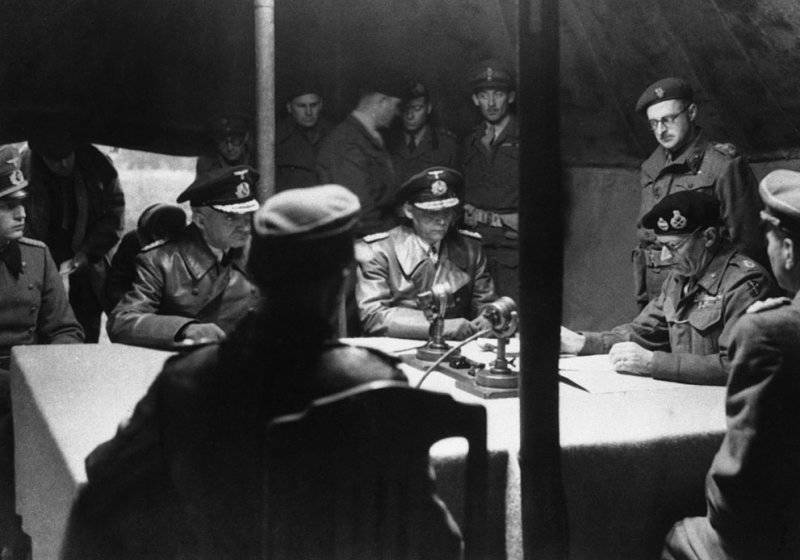
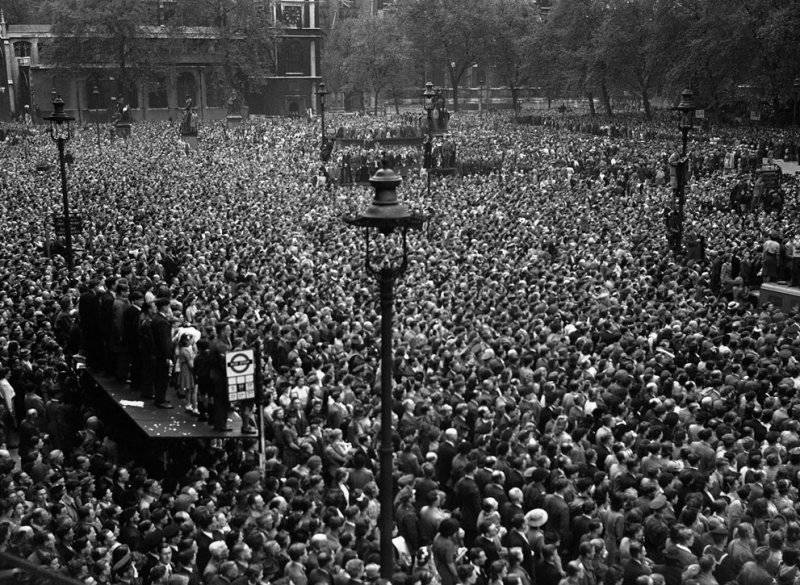
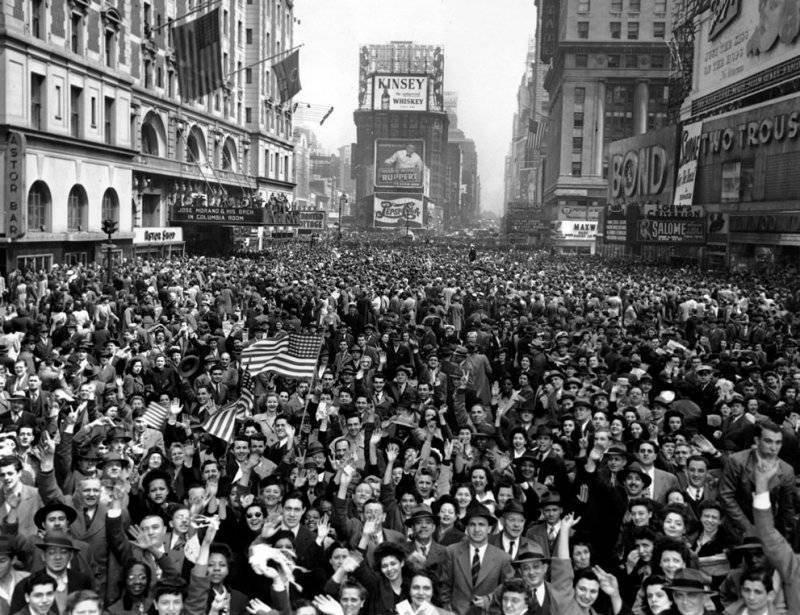
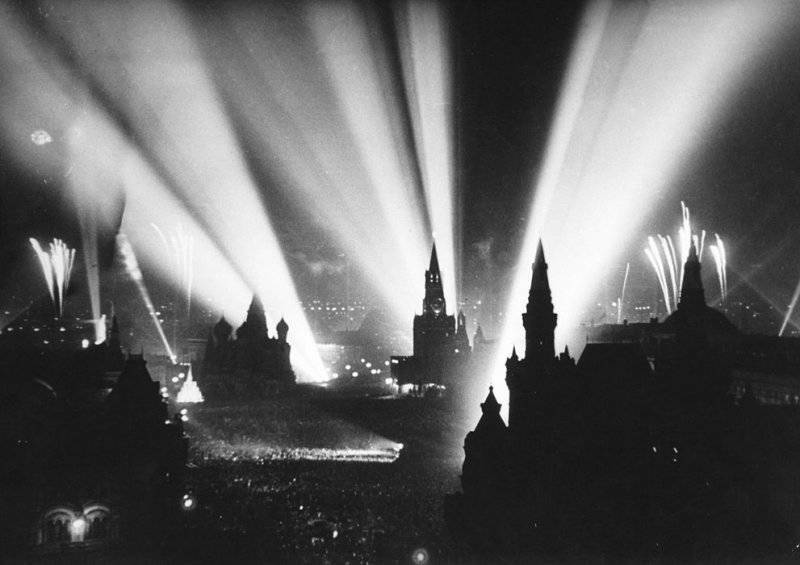
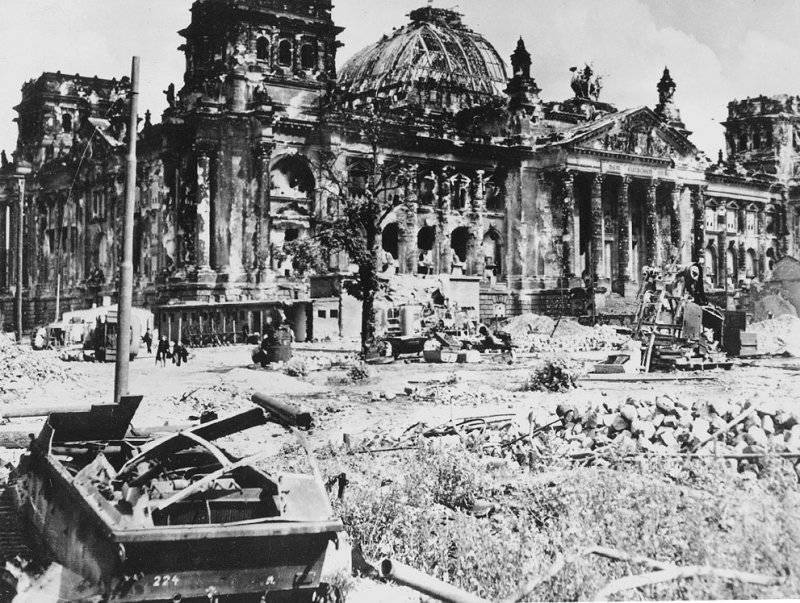
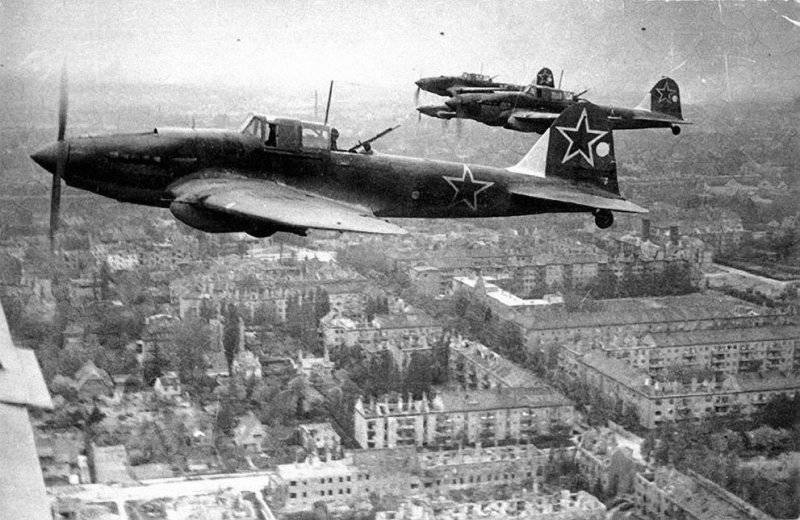
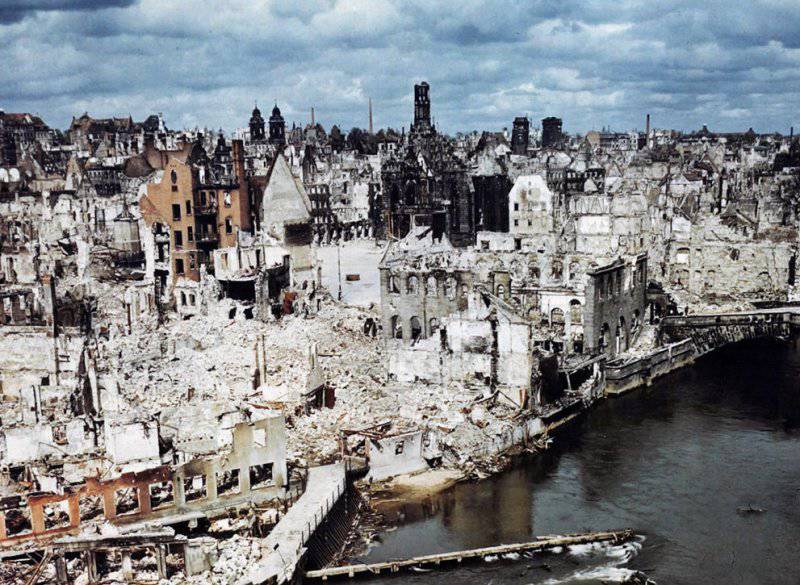
Information